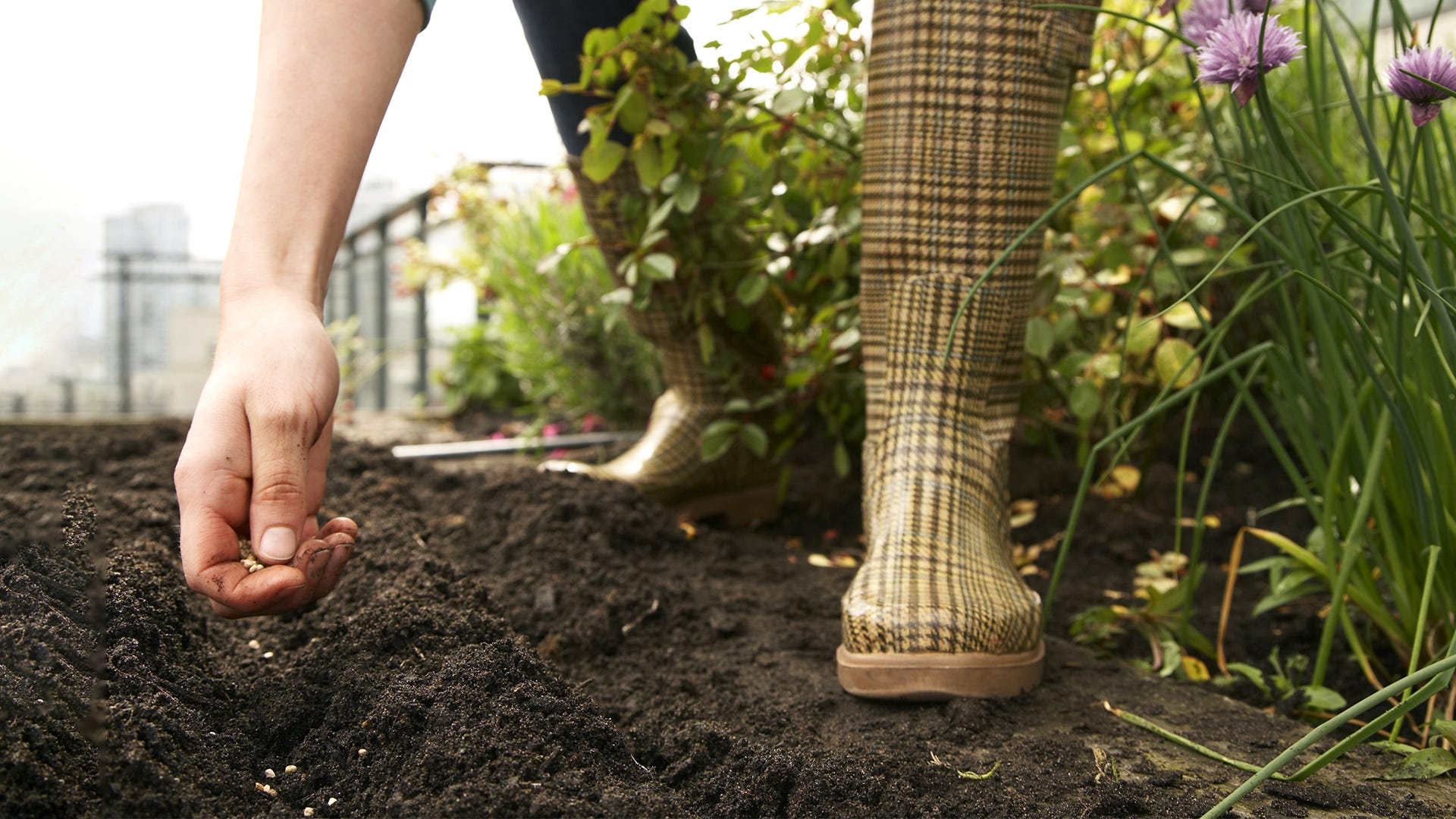

Articles
How To Make Good Soil For Garden
Modified: October 20, 2024
Learn how to create nutrient-rich soil for your garden with our expert gardening tips and techniques. Transform your gardening experience with healthy and vibrant plants.
(Many of the links in this article redirect to a specific reviewed product. Your purchase of these products through affiliate links helps to generate commission for Storables.com, at no extra cost. Learn more)
Introduction
Welcome to the wonderful world of gardening! Whether you are a seasoned green thumb or just beginning your gardening journey, one thing is certain: good soil is essential for successful plant growth. In fact, it is often said that the key to a thriving garden lies in the quality of its soil.
But what exactly is “good soil” and why is it so important? Good soil refers to soil that is rich in nutrients, well-drained, and has a balanced pH level. When you have good soil, your plants are more likely to grow healthy and strong, producing vibrant blooms and abundant fruits or vegetables.
Understanding the importance of good soil is crucial because it serves as the foundation for your garden. Just like a solid foundation is needed for a strong building, good soil provides your plants with the necessary support and nourishment they need to thrive. Without it, your plants may struggle to grow, become more susceptible to diseases and pests, and even fail to produce the desired results.
Before diving into the process of creating good soil, it is important to assess the current state of your soil. This will help you identify any specific issues and determine the best course of action to improve its quality. There are several factors to consider when assessing your soil, including its texture, drainage, fertility, and pH level.
Once you have a clear understanding of the current condition of your soil, you can take steps to improve its drainage, enhance its fertility, and optimize its nutrient content. This can be done through various methods, such as adding organic matter, composting, utilizing natural soil amendments, and selecting the right plants for your soil type.
In this comprehensive guide, we will explore these different aspects of creating good soil for your garden. We will delve into the importance of organic matter and the benefits of composting. We will also discuss how natural soil amendments can help improve soil health and share tips for selecting plants that are well-suited to your specific soil type.
Lastly, we will touch on the importance of maintaining soil health in your garden. Soil is a living, dynamic ecosystem that requires ongoing care and attention. By implementing proper soil management practices, you can ensure the long-term health and productivity of your garden.
So, whether you are looking to revitalize your existing garden or starting from scratch, this guide will equip you with the knowledge and tools to create good soil that will nourish your plants and yield bountiful harvests. Let’s dig in and discover the secrets to making good soil for your garden!
Key Takeaways:
- Good soil is the foundation of a thriving garden, providing essential nutrients, proper drainage, and a healthy ecosystem for plants to flourish and produce bountiful yields.
- Assessing, improving, and maintaining soil health is crucial for successful gardening, ensuring optimal growing conditions, vibrant plant growth, and long-term garden productivity.
Read more: How To Store Garden Soil
Understanding the Importance of Good Soil
Good soil is the backbone of a successful garden. It provides plants with the necessary nutrients, oxygen, and water they need to grow and thrive. Let’s explore the key reasons why good soil is so important for your garden:
- Nutrient Availability: Plants rely on essential nutrients to carry out their vital functions, such as photosynthesis, growth, and reproduction. Good soil is rich in nutrients like nitrogen, phosphorus, and potassium, which are essential for plant growth. When your soil lacks these nutrients, plants may exhibit stunted growth, yellowing leaves, and reduced yields.
- Water Retention and Drainage: Good soil strikes a balance between water retention and drainage. It should hold enough moisture to support plant growth, but not become waterlogged. Soil with proper drainage allows excess water to move away from the plant roots, preventing waterlogging and root rot. On the other hand, soil that retains too much water can suffocate the roots and lead to fungal diseases.
- Root Growth and Health: Healthy roots are the foundation of healthy plants. Good soil provides a loose and well-aerated environment that allows roots to penetrate deeply and spread out. This enables plants to access nutrients and water more effectively, leading to stronger root systems and overall plant health.
- Soil Structure: The structure of the soil is crucial for plant development. Good soil has a crumbly texture, allowing roots to easily navigate through the soil particles. It also provides a loose structure that promotes air circulation, ensuring that plant roots receive the oxygen they need for respiration.
- Biodiversity and Soil Microbes: Good soil is a bustling ecosystem filled with beneficial organisms, such as earthworms, bacteria, and fungi. These soil microbes break down organic matter, release nutrients, and improve soil structure. They also help suppress harmful pathogens and pests, creating a more balanced and resilient garden ecosystem.
- Resistance to Erosion: Soil erosion can be a significant problem in gardens, especially in areas with sloping terrain or heavy rainfall. Good soil with a healthy organic matter content and strong soil structure is less prone to erosion. It forms a protective layer that prevents topsoil from washing away, preserving the integrity of your garden.
By understanding the importance of good soil, you can take the necessary steps to improve it and provide your plants with the optimal growing conditions. The next step is to assess the current state of your soil and identify any areas that need improvement. We will explore this process in the next section.
Assessing the Current State of Your Soil
Before you can improve your soil, it’s important to assess its current condition. This will allow you to identify any potential issues and determine the best course of action to improve its quality. Here are several factors to consider when assessing your soil:
- Soil Texture: Soil texture refers to the composition of different-sized particles in the soil, namely sand, silt, and clay. The texture affects the soil’s ability to retain water and nutrients. Sandy soil drains quickly but may struggle to retain moisture, while clay soil retains water well but can become compacted. Loamy soil, which is a balanced mix of sand, silt, and clay, is considered ideal for most plants.
- Drainage: Good drainage is crucial for healthy plant growth. To assess your soil’s drainage, dig a hole and fill it with water. If the water drains away within a few hours, your soil likely has good drainage. However, if water collects and takes a long time to drain, you may have drainage issues that need to be addressed.
- pH Level: The pH level indicates the acidity or alkalinity of the soil. Most plants prefer a slightly acidic to neutral pH level (around 6.0 to 7.0). You can use a soil pH testing kit available at gardening stores to determine the pH level of your soil. If your soil’s pH is too high or too low, it can affect nutrient availability to plants.
- Fertility: Assessing the fertility of your soil is essential to understand its nutrient content. Conduct a soil test to determine the levels of essential nutrients like nitrogen, phosphorus, and potassium. This will help you identify any deficiencies or imbalances that need to be addressed through fertilization or soil amendments.
- Organic Matter Content: Organic matter is vital for healthy soil as it improves its structure, moisture retention, and nutrient-holding capacity. Assess the organic matter content by observing the color and smell of the soil. Dark, crumbly soil with a sweet, earthy smell indicates a good amount of organic matter, while light-colored soil with a musty smell suggests a lack of organic matter.
Once you have assessed your soil, make note of any specific issues or areas that require improvement. This will guide you in choosing the most appropriate strategies to enhance your soil’s condition. In the following sections, we will explore various techniques to improve soil drainage, enhance fertility, and increase the organic matter content of your soil.
Remember, soil assessment is an ongoing process. Regularly monitoring and evaluating your soil’s condition will help you maintain its health and make necessary adjustments as your garden evolves over time. With a clear understanding of your soil’s needs, you can create a solid foundation for your plants to thrive and prosper.
Improving Soil Drainage
Good drainage is essential for healthy plant growth as it prevents waterlogging, root rot, and other problems caused by excessive moisture. If your soil has poor drainage, there are several strategies you can employ to improve it:
- Amending with Organic Matter: Adding organic matter such as compost, well-rotted manure, or leaf mold can improve soil drainage by increasing its porosity and allowing water to flow more freely. Organic matter also helps break up compacted soil and improves its structure, creating channels for excess water to drain away.
- Creating Raised Beds: Raised beds provide excellent drainage, especially if your soil is heavy clay or tends to retain water. By constructing raised beds and filling them with well-draining soil mixtures, you can create optimal growing conditions for your plants while preventing waterlogging.
- Installing Drainage Systems: In areas with persistent drainage problems, you may consider installing drainage systems such as French drains or underground pipes. These systems help redirect excess water away from your garden, preventing water accumulation and promoting better drainage.
- Using Gravel or Rocks: In areas with poor drainage, adding a layer of gravel or rocks at the bottom of planting holes or garden beds can improve drainage. These materials create air pockets and allow water to drain away more efficiently.
- Creating Slopes or Mounds: If your garden is located in a low-lying area or has naturally heavy soil, you can create slopes or mounds to facilitate better water drainage. By shaping the soil to create gentle slopes or raised areas, excess water can easily run off, preventing water accumulation.
- Avoid Overwatering: Proper watering practices are crucial for maintaining good soil drainage. Avoid overwatering your plants as it can lead to waterlogging and soil compaction. Instead, water deeply but less frequently, allowing the soil to dry out between watering sessions.
Remember that improving soil drainage is an ongoing process. It may take time and experimentation to find the most effective methods for your specific soil type and gardening conditions. Regularly monitor your garden’s moisture levels and make adjustments as needed to ensure optimal drainage and healthy plant growth.
By employing these strategies, you can enhance soil drainage and create an environment where your plants can thrive. Improved drainage not only benefits your plants but also reduces the risk of diseases and root-related issues, allowing you to enjoy a flourishing and productive garden.
Enhancing Soil Fertility
Soil fertility is vital for promoting healthy plant growth and ensuring abundant yields in your garden. If your soil is lacking in nutrients, there are several ways to enhance its fertility:
- Add Organic Matter: Organic matter is a key component in improving soil fertility. It provides essential nutrients, improves soil structure, and enhances moisture retention. Incorporate well-rotted compost, aged manure, or other organic materials into your soil to boost its fertility. Apply a layer of organic matter on the soil surface and work it into the top few inches of soil.
- Practice Mulching: Mulching helps retain soil moisture, suppress weeds, and gradually improve soil fertility. Organic mulches such as straw, wood chips, or leaves slowly decompose, releasing nutrients into the soil over time. Apply a layer of mulch around your plants, ensuring that it does not touch the plant stems to prevent rotting.
- Use Cover Crops: Cover crops, also known as green manure, are fast-growing plants that are sown specifically to improve soil fertility. They help fix nitrogen, add organic matter, prevent erosion, and suppress weeds. Plant cover crops such as clover, buckwheat, or vetch during fallow periods or in between regular crop rotations. Once they have grown, simply cut them down and work them into the soil.
- Apply Organic Fertilizers: Organic fertilizers are derived from natural sources and provide slow-release nutrients to the soil. They come in various forms such as well-rotted manure, bone meal, fish emulsion, and compost tea. Follow the instructions on the packaging to apply the appropriate amount of organic fertilizer to your soil and avoid over-fertilizing, which can lead to nutrient imbalances.
- Practice Crop Rotation: Crop rotation not only helps manage pests and diseases but also improves soil fertility. Different plants have varying nutrient requirements, and by rotating crops, you can prevent the depletion of specific nutrients in the soil. Plan your garden layout so that plants from different families are grown in different areas each year.
- Use Organic Amendments: In addition to organic matter, you can further enhance soil fertility by using organic amendments such as bone meal, blood meal, or rock phosphate. These amendments provide specific nutrients that may be lacking in your soil. Test your soil to determine its nutrient deficiencies and apply the appropriate amendments accordingly.
Remember that enhancing soil fertility is a gradual process, and it may require regular applications of organic matter and amendments over time. Regular soil testing will help you assess nutrient levels and make informed decisions about fertilizing your garden. Strive for a balanced approach to achieve the optimal fertility for your specific plants and growing conditions.
By following these practices, you can improve soil fertility, provide your plants with the nutrients they need, and promote healthy growth and vibrant yields in your garden.
Read more: Best Garden Rake for Smoothening Soil
Organic Matter: Building Blocks of Healthy Soil
Organic matter is a crucial component of healthy soil. It serves as the building blocks that support plant growth, improve soil structure, and enhance overall soil health. Let’s explore the importance of organic matter and how it contributes to the vitality of your garden:
1. Nutrient Availability: Organic matter is a rich source of essential nutrients that plants need for optimal growth. As organic matter decomposes, nutrients such as nitrogen, phosphorus, and potassium are released into the soil in a form that plants can readily absorb. These nutrients fuel plant growth, promote healthy foliage, and support robust root development.
2. Soil Structure and Texture: Organic matter plays a vital role in improving soil structure and texture. When organic matter is incorporated into the soil, it acts as a binder, creating aggregates that improve the soil’s crumb structure. This allows for better root penetration, water infiltration, and air movement within the soil. Additionally, organic matter helps to prevent soil compaction, making it easier for plants to establish a strong root system.
3. Moisture Retention and Drainage: Organic matter acts as a sponge, helping to retain moisture in the soil. It has the ability to hold water and release it slowly, providing a consistent water supply to plants when rainfall is scarce. Additionally, organic matter improves soil drainage by preventing soil particles from compacting, allowing excess water to drain freely. This helps to prevent waterlogging and root rot, keeping your plants healthy.
4. Soil Fertility and Microbial Activity: Organic matter is a vital food source for the diverse community of beneficial soil organisms, such as earthworms, bacteria, fungi, and other microbes. These organisms break down organic matter, releasing nutrients in a form that plants can readily use. They also help to improve soil structure, control diseases, and enhance overall soil health. The presence of organic matter encourages a thriving microbial ecosystem, creating a balanced and sustainable environment for your plants.
5. Erosion Prevention: One of the often-overlooked benefits of organic matter is its ability to prevent soil erosion. The physical presence of organic matter in the soil acts as a protective layer, reducing the impact of raindrops on the soil surface. This helps to prevent soil particles from being washed away and preserves the topsoil, which is rich in nutrients and essential for plant growth.
To increase the organic matter content in your soil, incorporate organic materials such as compost, well-rotted manure, leaf mold, or cover crops. Apply a layer of organic matter on the soil surface and gently work it into the top few inches of soil. Regular additions of organic matter will foster a healthy and productive soil environment for your garden.
By prioritizing the incorporation of organic matter, you can create nutrient-rich, well-structured soil that promotes vigorous plant growth, conserves moisture, supports beneficial soil organisms, and prevents erosion. Organic matter truly is the foundation of a healthy and thriving garden.
Add organic matter such as compost, manure, or shredded leaves to your soil to improve its structure, fertility, and ability to retain moisture. This will create a healthy environment for your garden plants to thrive.
Composting: Creating Nutrient-Rich Soil
Composting is a simple and effective way to create nutrient-rich soil for your garden. It involves the decomposition of organic materials through microbial activity, resulting in a dark, crumbly substance known as compost. Compost not only enriches the soil with essential nutrients but also improves soil structure and promotes overall soil health. Here’s how you can start composting to create your own garden gold:
1. Start with the Right Ingredients: Composting requires a mix of green and brown materials. Green materials include nitrogen-rich items like kitchen scraps (vegetable and fruit peelings, coffee grounds), grass clippings, and fresh plant trimmings. Brown materials, on the other hand, are carbon-rich materials such as dry leaves, straw, shredded paper, and cardboard. Aim for a balance of approximately 2 parts brown to 1 part green materials.
2. Build the Compost Pile: Find a suitable location in your garden for your compost pile or use a compost bin or tumbler. Layer your green and brown materials, ensuring that larger pieces are chopped or shredded to speed up the decomposition process. Add water periodically to keep the compost pile moist, but not soggy. Turning the pile regularly helps aerate the compost and accelerates decomposition.
3. Provide Optimal Conditions: Composting microorganisms require the right conditions to thrive. Aim for a temperature range of 110-160°F (43-71°C) to promote swift decomposition. If your pile becomes too hot, turn it to cool it down. Maintain a moisture level of around 40-60%, similar to a damp sponge. If necessary, water your compost pile or cover it with a tarp to prevent excessive drying out or waterlogging.
4. Wait for the Magic to Happen: Composting is a natural process that takes time. Depending on the materials used, compost can take anywhere from a few months to a year to fully mature. During the decomposition process, the organic materials break down into nutrient-rich humus. You’ll know your compost is ready when it is dark, crumbly, and has a pleasant earthy smell.
5. Use Compost in Your Garden: Once your compost is ready, it’s time to reap the rewards. Spread a layer of compost over your garden beds and mix it into the top few inches of soil. The nutrients in the compost will nourish your plants, improve soil structure, and enhance water retention. Compost can also be used as a top dressing for established plants or as a component in potting mixes.
Composting not only reduces waste and benefits the environment but also provides you with a free and renewable source of nutrient-rich soil amendment. By composting, you can transform kitchen scraps, yard waste, and other organic materials into black gold that nourishes your garden and supports sustainable gardening practices.
Remember, composting is a continuous process. As you create new kitchen scraps and garden waste, continue adding them to your compost pile to maintain a steady supply of compost for your garden. By embracing the art of composting, you can create a thriving ecosystem in your garden and witness the transformative power of turning waste into a valuable resource.
Utilizing Natural Soil Amendments
Natural soil amendments are valuable tools in improving soil fertility and structure. These amendments can provide essential nutrients, enhance microbial activity, and promote overall soil health. By incorporating natural soil amendments into your gardening practices, you can optimize the growing conditions for your plants and achieve abundant harvests. Here are some commonly used natural soil amendments:
1. Bone Meal: Bone meal is a slow-release fertilizer derived from ground animal bones. It is rich in phosphorus, which is essential for root development, flowering, and fruiting. Bone meal is particularly beneficial for plants that have high phosphorus requirements, such as flowering bulbs, tomatoes, and root crops. Mix bone meal into the soil before planting or apply it as a side dressing during the growing season.
2. Blood Meal: Blood meal is a fast-release source of nitrogen, an essential nutrient for plant growth and leaf development. It is made from dried animal blood and is particularly effective for nitrogen-hungry plants like leafy greens, corn, and plants in their vegetative growth stage. Incorporate blood meal into the soil before planting or use it as a top dressing during the growing season.
3. Fish Emulsion: Fish emulsion is a liquid fertilizer made from fermented fish. It is rich in nitrogen, phosphorus, and trace elements, providing a well-rounded source of nutrients for plants. Fish emulsion is suitable for a wide range of plants and can be applied as a foliar spray or mixed into the soil. It is especially beneficial as a quick-acting nutrient boost for leafy greens, flowering plants, and container-grown vegetables.
4. Compost Tea: Compost tea is a liquid fertilizer and soil amendment made by steeping compost in water. It is rich in beneficial microorganisms, nutrients, and organic matter. Compost tea helps improve soil structure, enhance microbial activity, and add a nutrient boost to plants. Use a compost tea brewer to aerate the mixture and apply it as a foliar spray or soil drench to deliver beneficial microbes and nutrients to your plants.
5. Rock Dust: Rock dust, also known as rock phosphate or basalt rock powder, is a natural mineral amendment that provides essential trace elements and minerals to the soil. It helps remineralize depleted soils and promotes long-term soil fertility. Rock dust can be applied as a fine powder to the soil, incorporated into compost, or mixed with other soil amendments.
6. Green Manure: Green manure, also known as cover crops, are plants that are grown specifically to improve soil health. They include legumes like clover and vetch, which fix nitrogen in the soil, and other cover crops like rye or buckwheat, which add organic matter and help suppress weeds. Green manure is typically grown during fallow periods or in between regular crop rotations, and then incorporated into the soil to enrich it with nutrients and organic matter.
When using natural soil amendments, it’s essential to follow the recommended application rates and timing. Consider conducting a soil test to determine any nutrient deficiencies and adjust your amendments accordingly. Remember that soil amendments work best when combined with other practices like regular watering, proper plant spacing, and crop rotation.
By utilizing these natural soil amendments, you can nurture a healthy and productive garden, improve soil fertility, and provide your plants with the essential nutrients they need to thrive.
Selecting the Right Plants for Your Soil Type
Choosing the right plants for your specific soil type is essential for their overall health and successful growth in your garden. Different plants have varying soil preferences, and by selecting plants that are well-suited to your soil type, you can create optimal growing conditions and maximize the potential of your garden. Here are some tips for selecting the right plants based on your soil type:
1. Sandy Soil: Sandy soil is characterized by its coarse texture and excellent drainage. It tends to dry out quickly and can be nutrient deficient. When selecting plants for sandy soil, choose those that thrive in well-draining conditions and are tolerant of drier conditions. Drought-tolerant plants such as cacti, succulents, lavender, and rosemary are suitable choices. Additionally, consider adding organic matter and using mulch to improve moisture retention in sandy soil.
2. Clay Soil: Clay soil is dense and heavy, with poor drainage and a tendency to compact. It holds water for longer periods but can become waterlogged. When selecting plants for clay soil, look for those that can tolerate or even benefit from the moisture-retention properties of clay. Plants like daylilies, astilbes, hostas, and Japanese maples can thrive in clay soil. It’s also important to improve clay soil’s structure by incorporating organic matter and using raised beds or gently sloping the soil to aid drainage.
3. Loamy Soil: Loamy soil is considered the ideal soil type for gardening as it is well-balanced and provides good drainage while retaining moisture. It has a crumbly texture and is rich in organic matter. With loamy soil, you have a wide range of plant options available. Most plants will thrive in loamy soil, including vegetables, flowering perennials, and shrubs. Take advantage of this versatile soil type and choose plants based on your specific gardening preferences and climate requirements.
4. Acidic or Alkaline Soil: The pH level of your soil can greatly impact plant growth and nutrient availability. Some plants prefer acidic soil, while others thrive in alkaline conditions. Conduct a soil test to determine the pH level of your soil. For acidic soil, consider plants like azaleas, blueberries, rhododendrons, and hydrangeas. If your soil is alkaline, choose plants that are tolerant of higher pH levels, such as lavender, yarrow, sage, and iris. You can also modify the soil pH by adding amendments like sulphur to lower pH or lime to raise it if necessary.
5. Native and Adapted Plants: Another effective approach to selecting plants for your soil type is to choose native or well-adapted plants. Native plants are naturally suited to the local soil conditions and climate, making them more likely to thrive and require less maintenance. Research native plant species in your area or consult with local gardening experts to identify plants that are adapted to your soil type and climate.
Remember to consider other environmental factors such as sunlight exposure, water availability, and temperature requirements when selecting plants for your garden. By choosing the right plants for your soil type, you can ensure better plant health, reduce the need for excessive soil amendments, and create a harmonious and flourishing garden.
Read more: What Is A Good Soil Mix With Miracle Grow
Maintaining Soil Health in Your Garden
Maintaining soil health is vital for the long-term success of your garden. Healthy soil provides optimal growing conditions for plants, supports beneficial soil organisms, and prevents the onset of diseases and nutrient deficiencies. Here are some key practices to help you maintain soil health in your garden:
1. Regularly Add Organic Matter: Continuously replenishing organic matter is crucial for maintaining soil health. Regularly incorporate compost, well-rotted manure, or other organic materials into your soil. This helps improve soil structure, enhances water retention, adds essential nutrients, and supports beneficial soil organisms. Additionally, using mulch around your plants helps conserve moisture and further enriches the soil as it breaks down.
2. Practice Crop Rotation: Crop rotation is the practice of growing different plant families in different areas of your garden each season. This helps prevent the buildup of pests, diseases, and nutrient deficiencies specific to certain plant families. By rotating crops, you can minimize pest and disease pressures, optimize nutrient utilization, and maintain a more balanced soil ecosystem.
3. Minimize Soil Disturbance: Excessive tilling and cultivation can disrupt soil structure and negatively impact the beneficial organisms living within the soil. Whenever possible, minimize soil disturbance by adopting no-till or low-till techniques. This helps protect the soil’s natural structure, promote the growth of beneficial microorganisms, and reduce the risk of erosion.
4. Practice Proper Irrigation: Efficient irrigation practices help maintain soil health. Overwatering can lead to waterlogging and nutrient leaching, while underwatering can stress plants and cause nutrient deficiencies. Water your plants deeply but infrequently, allowing the soil to dry out slightly between waterings. Use techniques like drip irrigation or soaker hoses to deliver water directly to the plant roots and minimize water wastage.
5. Monitor and Adjust pH and Nutrient Levels: Regularly monitor soil pH and nutrient levels to ensure they are within the appropriate range for your plants. Conduct soil tests, especially when starting a new garden or experiencing plant health issues. If necessary, amend the soil with the appropriate organic fertilizers or soil conditioners to maintain optimal pH and nutrient balance for your plants.
6. Avoid Chemical Overuse: Limit the use of synthetic fertilizers, pesticides, and herbicides that can disrupt soil health and harm beneficial organisms. Overuse of these chemicals can negatively impact soil fertility, reduce microbial diversity, and potentially contaminate groundwater. Instead, adopt organic and sustainable gardening practices, such as using natural pest control methods and organic fertilizers.
7. Rotate Cover Crops: Consider incorporating cover crops into your garden rotation. Cover crops, such as legumes, grasses, or clover, help improve soil fertility, suppress weeds, prevent erosion, and enhance soil structure. When they reach maturity, they can be cut down and left on the soil surface or tilled into the soil to release nutrients and organic matter.
8. Mulch and Protect Bare Soil: Bare soil is prone to erosion, weed growth, and nutrient depletion. Cover bare soil with mulch, such as wood chips, straw, or leaves, to protect it from erosion, regulate soil temperature, and retain moisture. Mulch also prevents weed growth, reducing competition for nutrients and water.
By incorporating these practices into your gardening routine, you can maintain healthy soil that supports thriving plant growth, sustains beneficial soil organisms, and ensures the long-term productivity and sustainability of your garden.
Remember, building and maintaining soil health is an ongoing process. As you learn more about your soil and its specific needs, adapt your gardening practices to promote soil health and optimize the growing conditions for your plants. By nurturing the soil, you create a solid foundation for a vibrant and flourishing garden.
Conclusion
Gardening is a delightful and rewarding hobby that allows us to connect with nature and create beautiful outdoor spaces. Good soil is the key to a successful garden, providing the foundation for healthy plant growth, bountiful yields, and a thriving ecosystem. Throughout this comprehensive guide, we have explored various aspects of creating and maintaining good soil for your garden.
We started by understanding the importance of good soil and how it impacts plant nutrition, root health, and overall plant vitality. We then delved into the process of assessing the current state of your soil, considering factors like texture, drainage, pH level, fertility, and organic matter content.
Improving soil drainage and enhancing fertility were explored through practices such as adding organic matter, creating raised beds, utilizing natural soil amendments, and composting. These techniques not only improve soil structure and nutrient availability but also foster a healthy soil ecosystem that supports beneficial microorganisms and prevents nutrient deficiencies.
Selecting the right plants for your soil type is crucial for their successful growth. By choosing plants that are well-suited to your soil’s characteristics – whether sandy, clay, loamy, acidic, or alkaline – you can optimize growing conditions and ensure the plants perform at their best.
Finally, we discussed the importance of maintaining soil health in your garden. By regularly adding organic matter, practicing crop rotation, minimizing soil disturbance, practicing proper irrigation, monitoring pH and nutrient levels, avoiding chemical overuse, and using mulch, you can nurture a healthy soil ecosystem that supports vibrant plant growth and reduces the risk of pests, diseases, and nutrient imbalances.
In conclusion, good soil is the backbone of a thriving garden. By providing the necessary nutrients, promoting proper drainage and moisture retention, and supporting a diverse community of beneficial organisms, good soil creates an environment where plants can flourish and gardeners can reap the rewards of a beautiful and productive garden.
So, whether you are a seasoned gardener or just starting out, remember to prioritize soil health in your gardening practices. Respect the natural processes of the soil, work with its unique characteristics, and continuously nurture it with organic matter and sustainable practices. With time and care, you will cultivate a vibrant garden that brings joy, beauty, and abundance year after year.
Frequently Asked Questions about How To Make Good Soil For Garden
Was this page helpful?
At Storables.com, we guarantee accurate and reliable information. Our content, validated by Expert Board Contributors, is crafted following stringent Editorial Policies. We're committed to providing you with well-researched, expert-backed insights for all your informational needs.
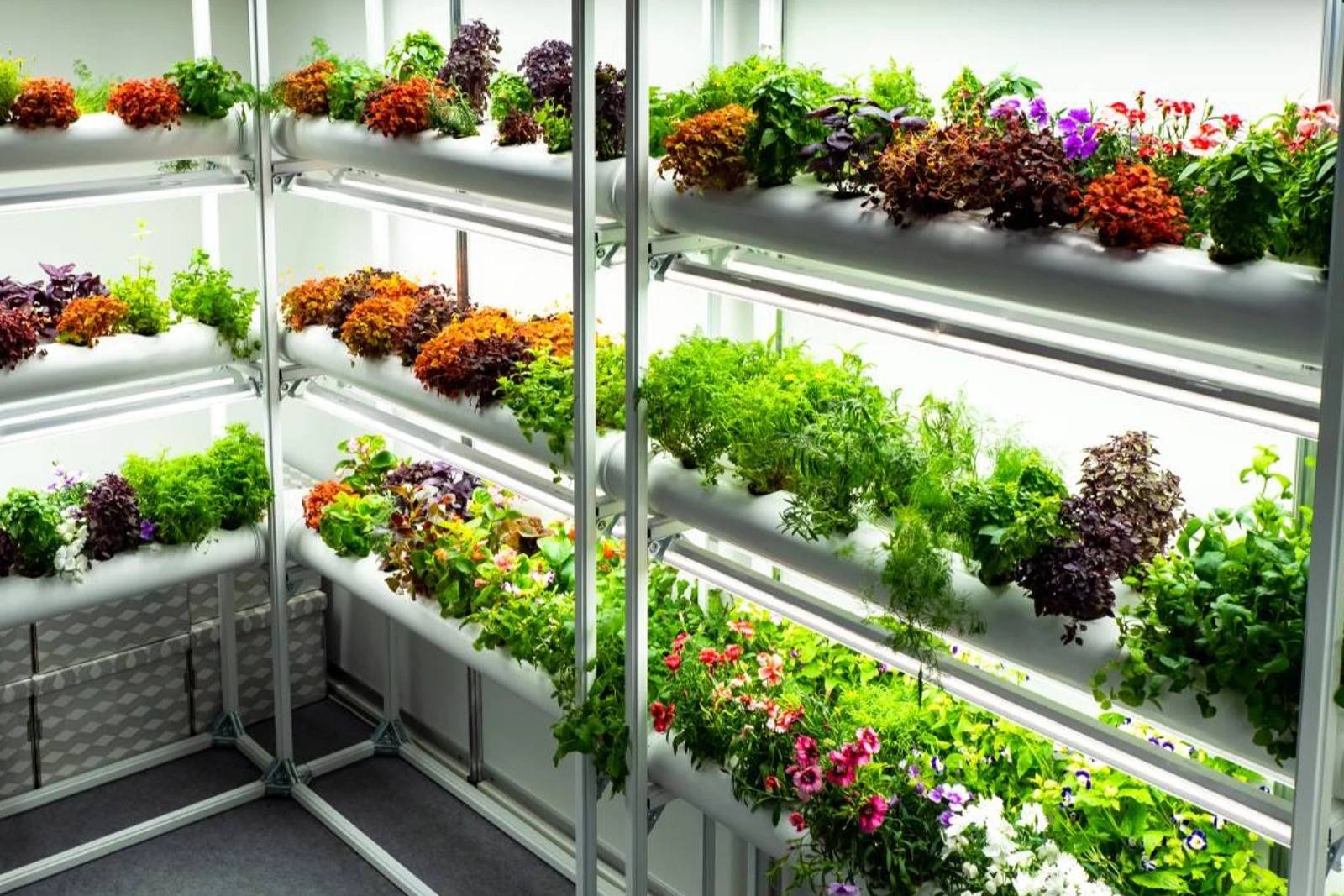
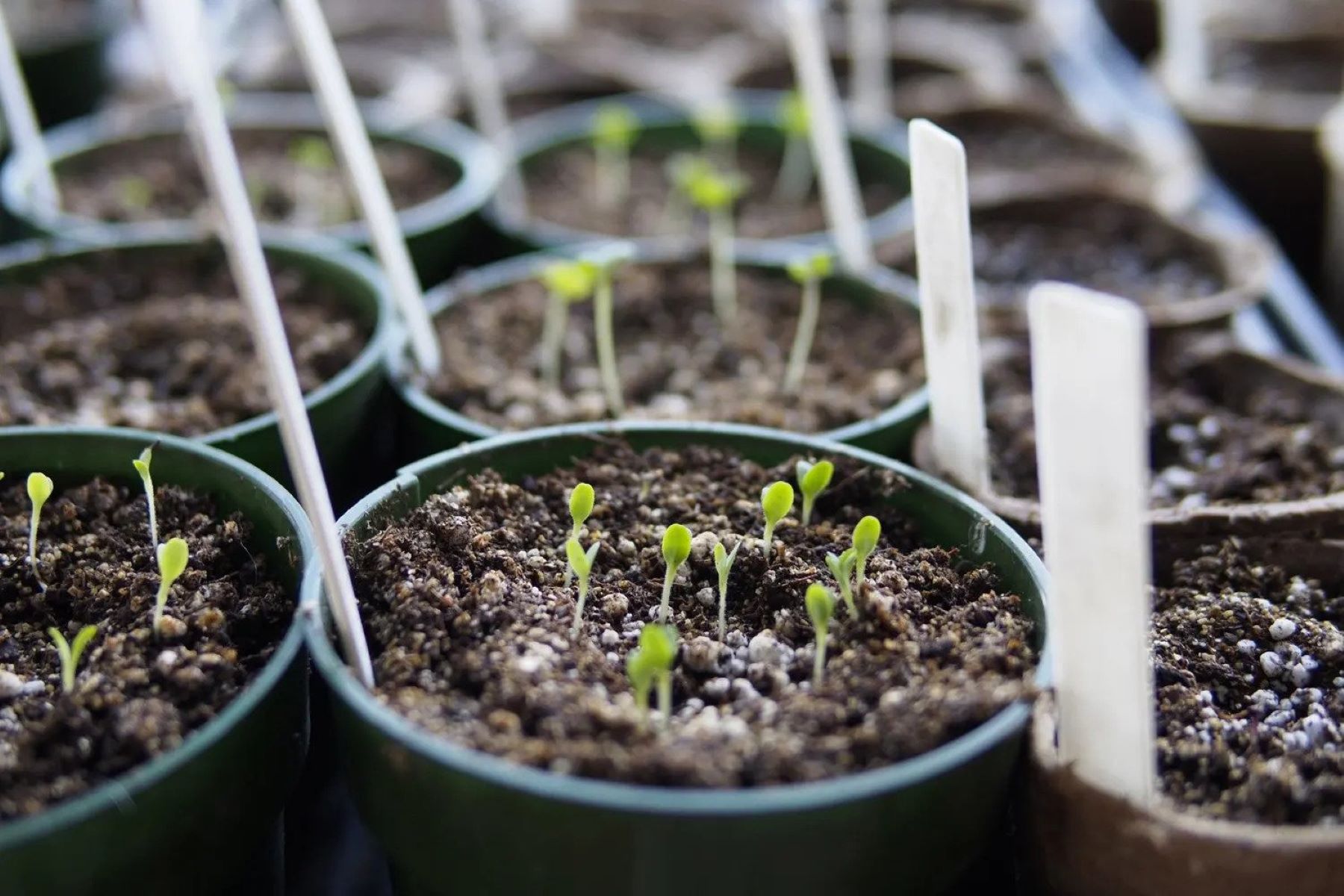
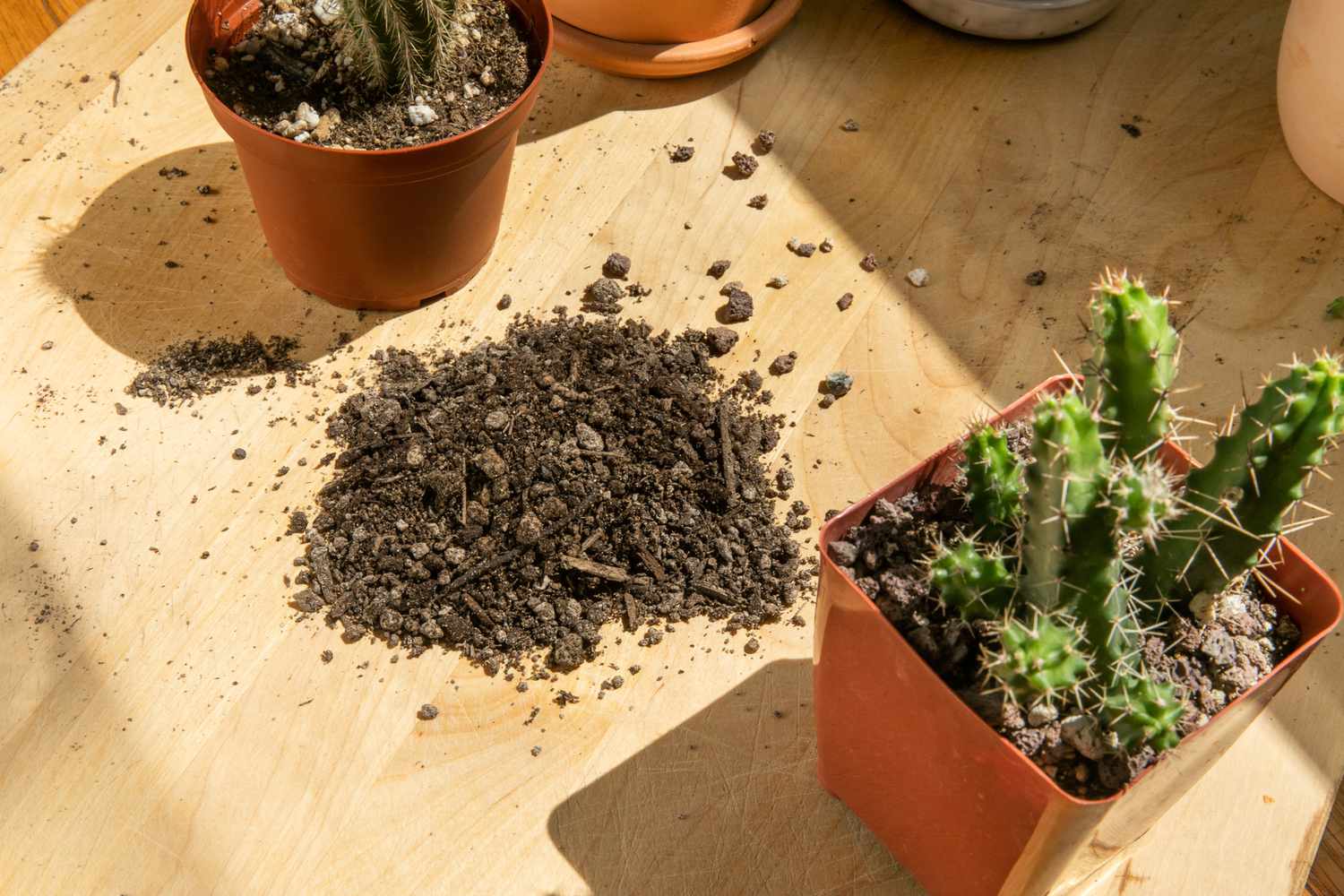
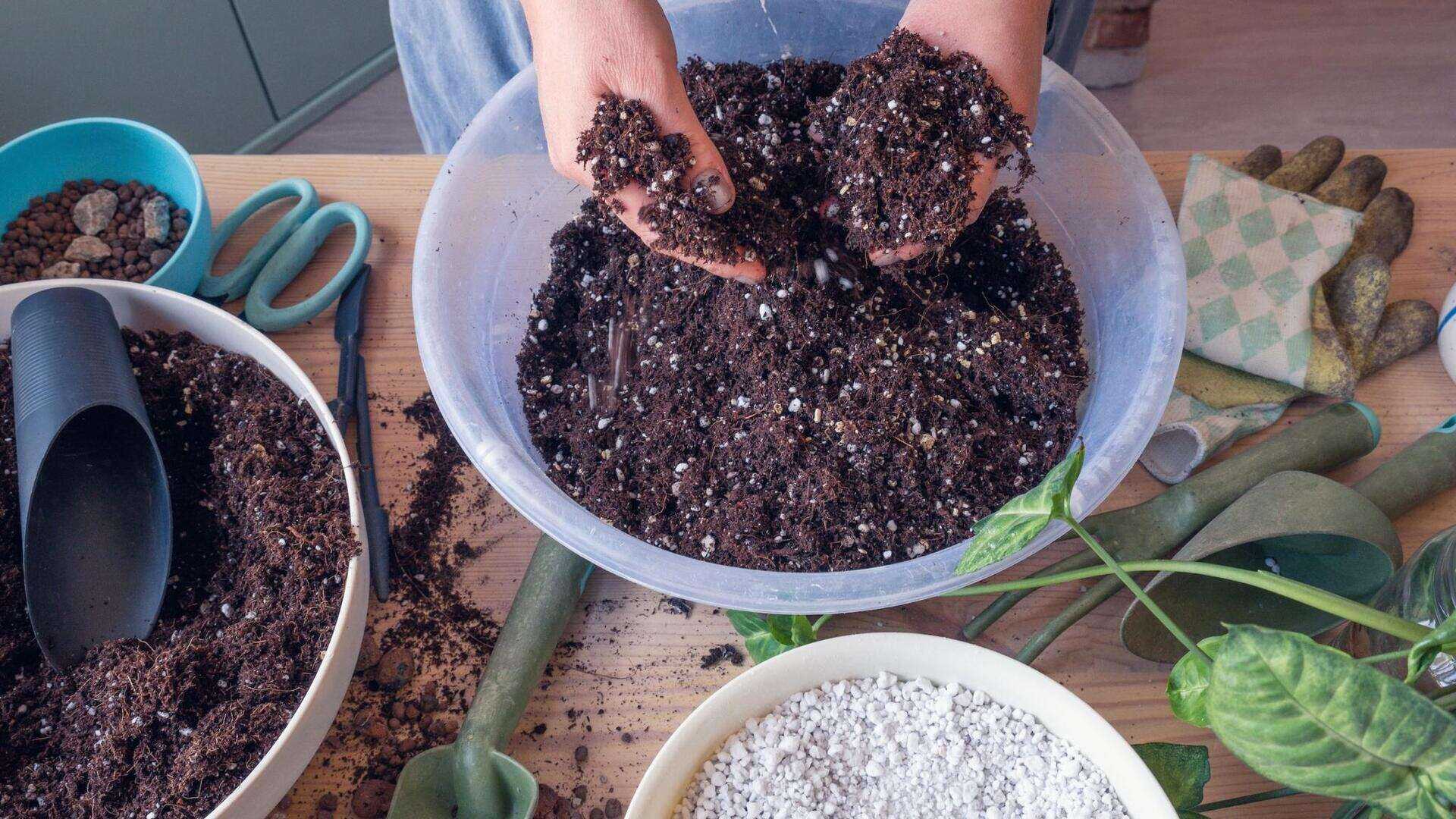
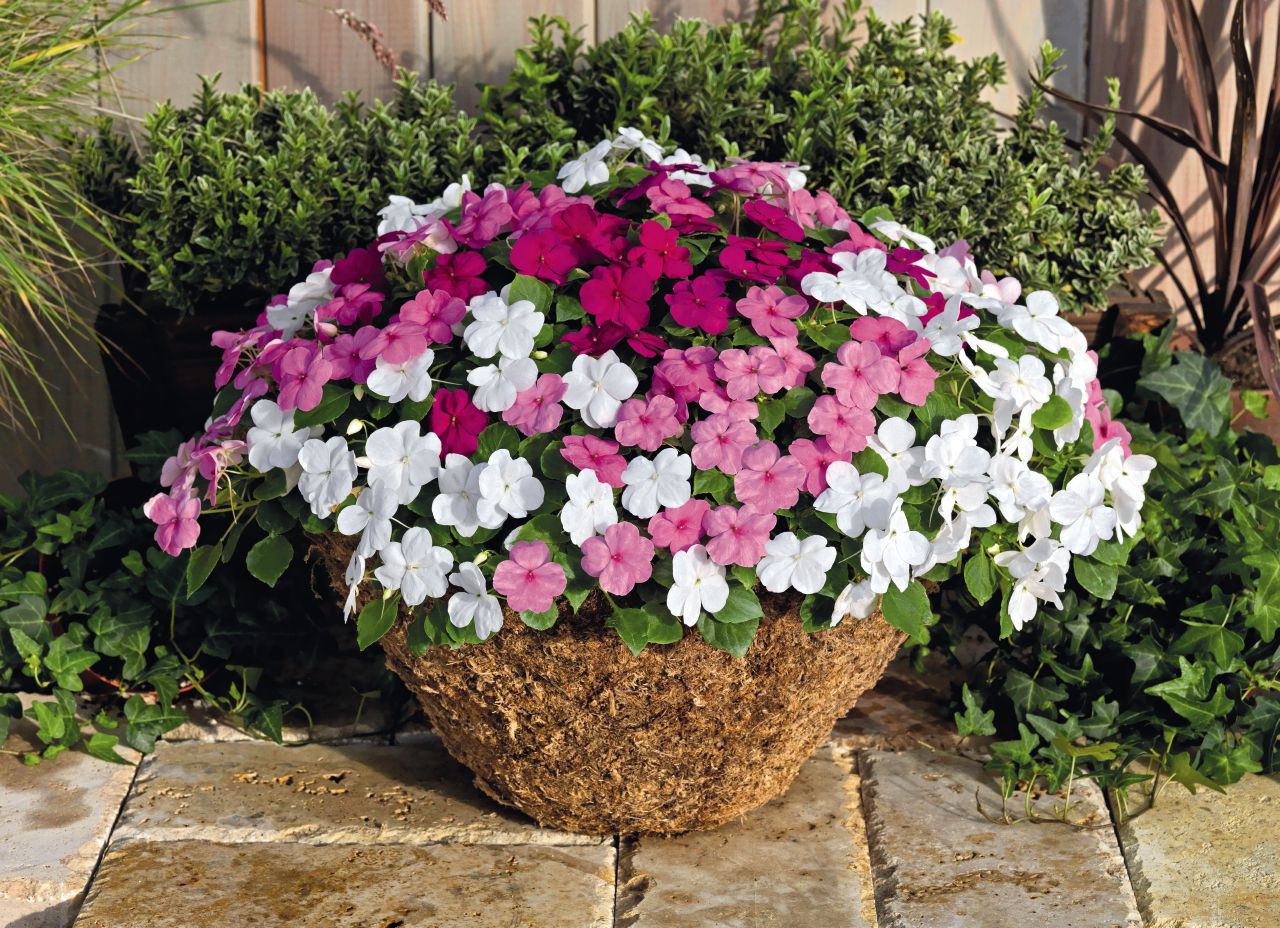
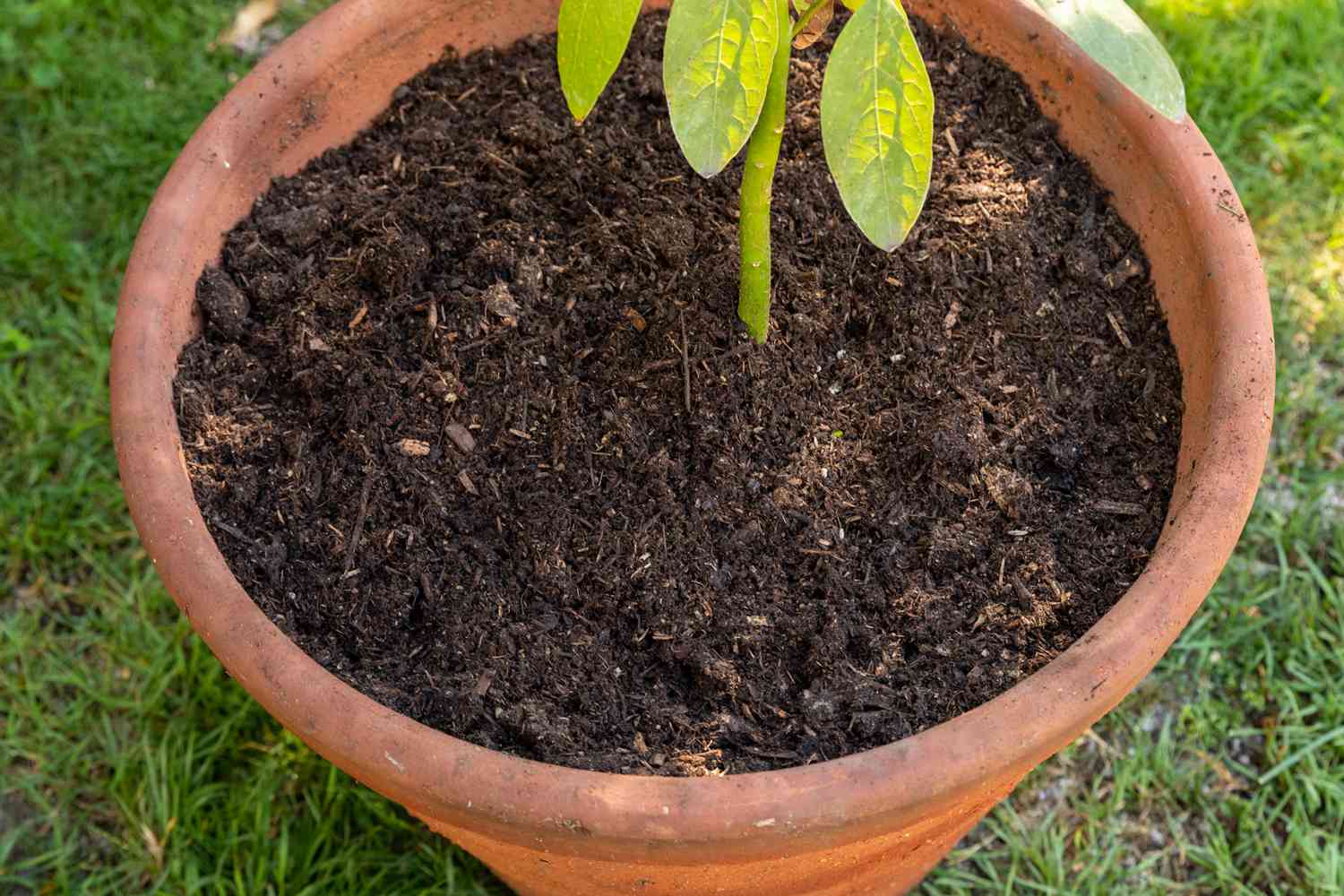
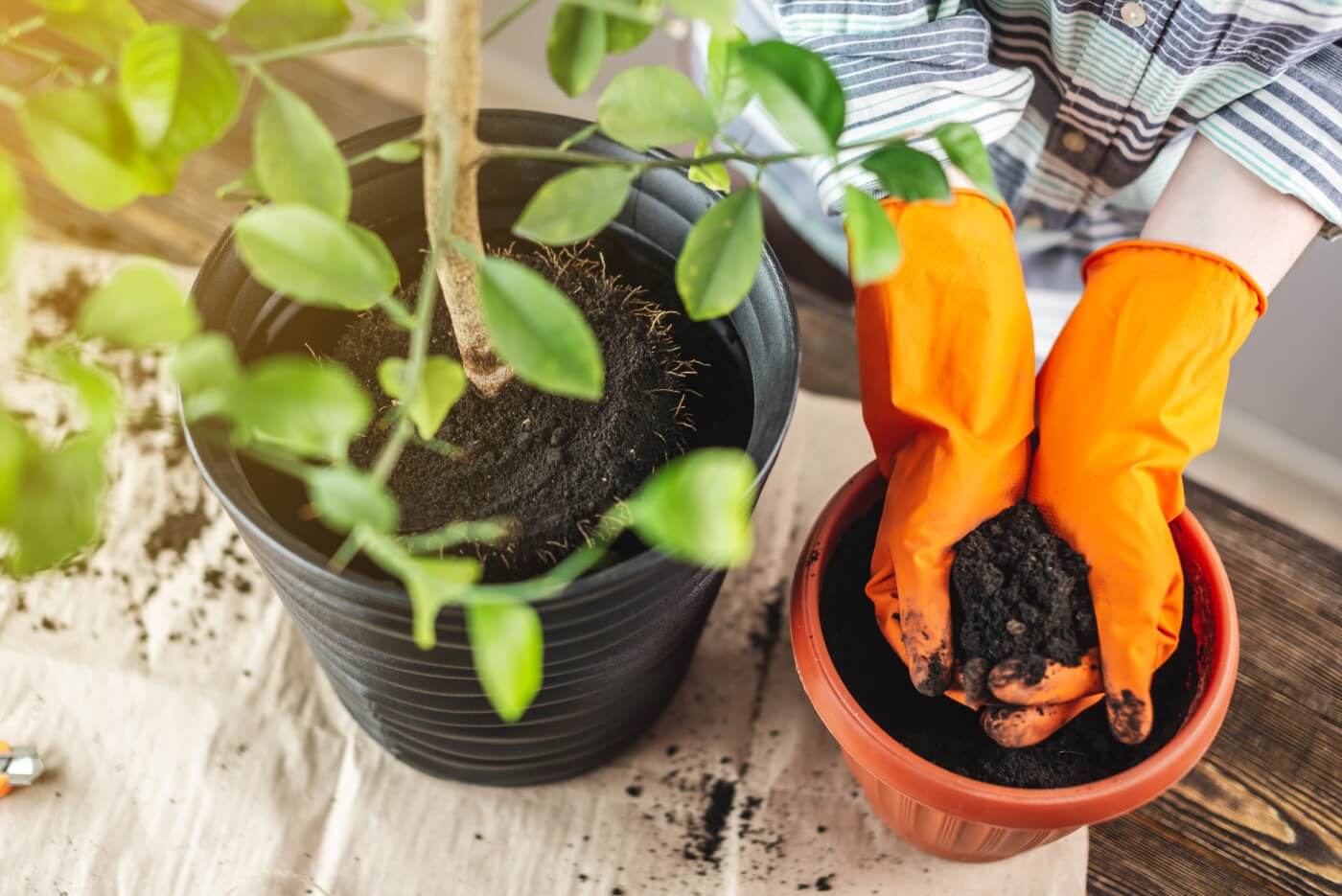
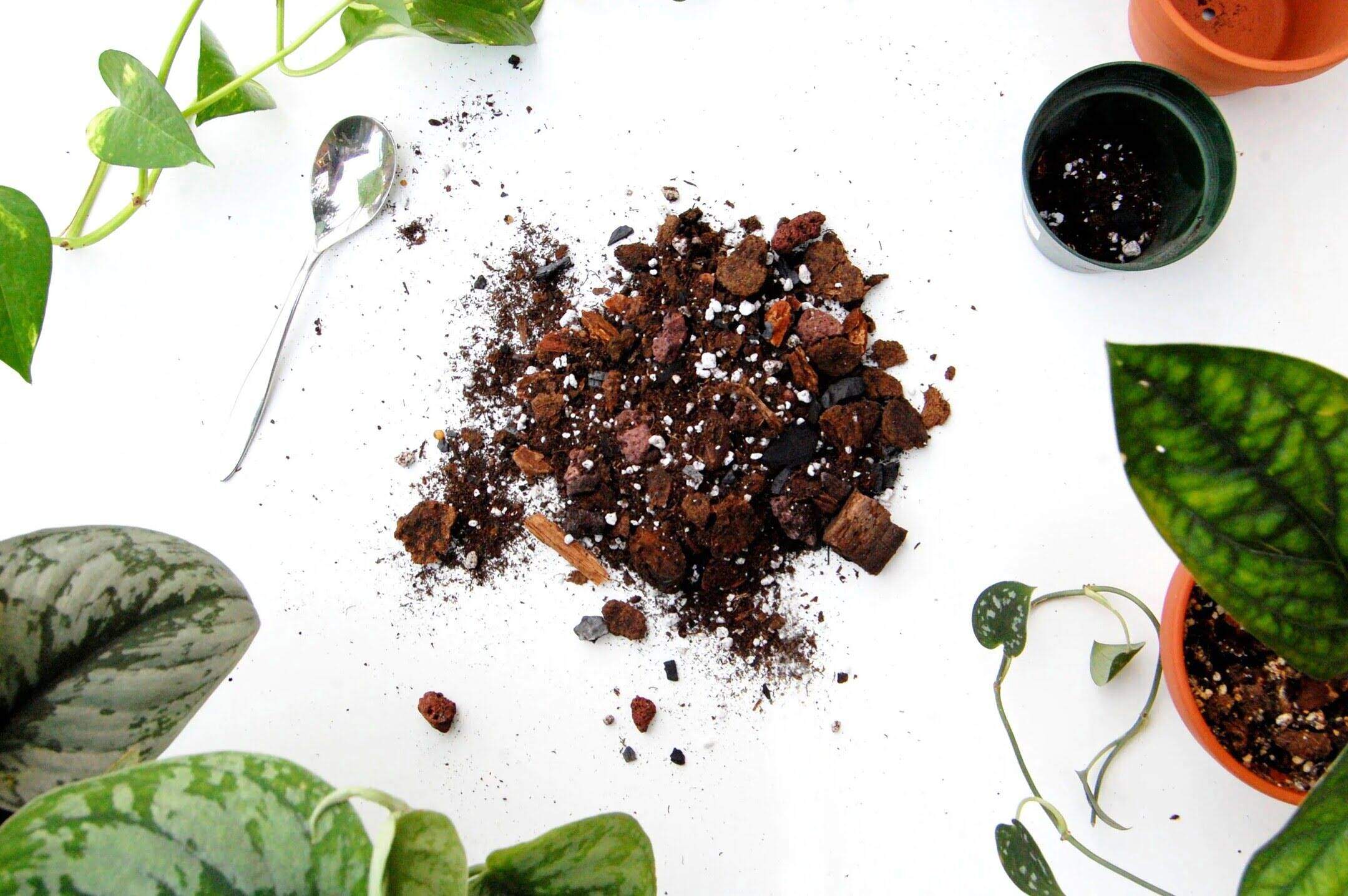
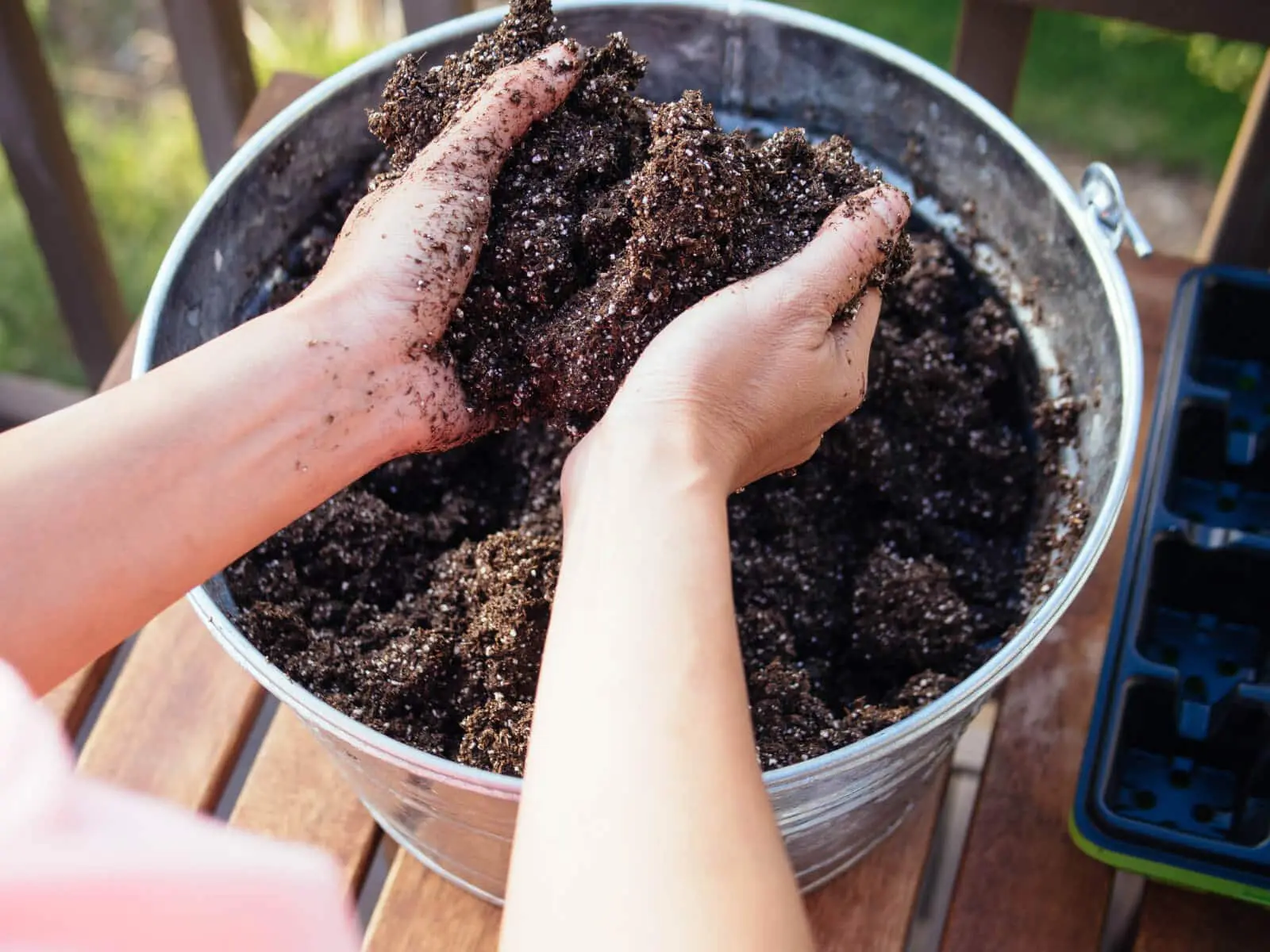
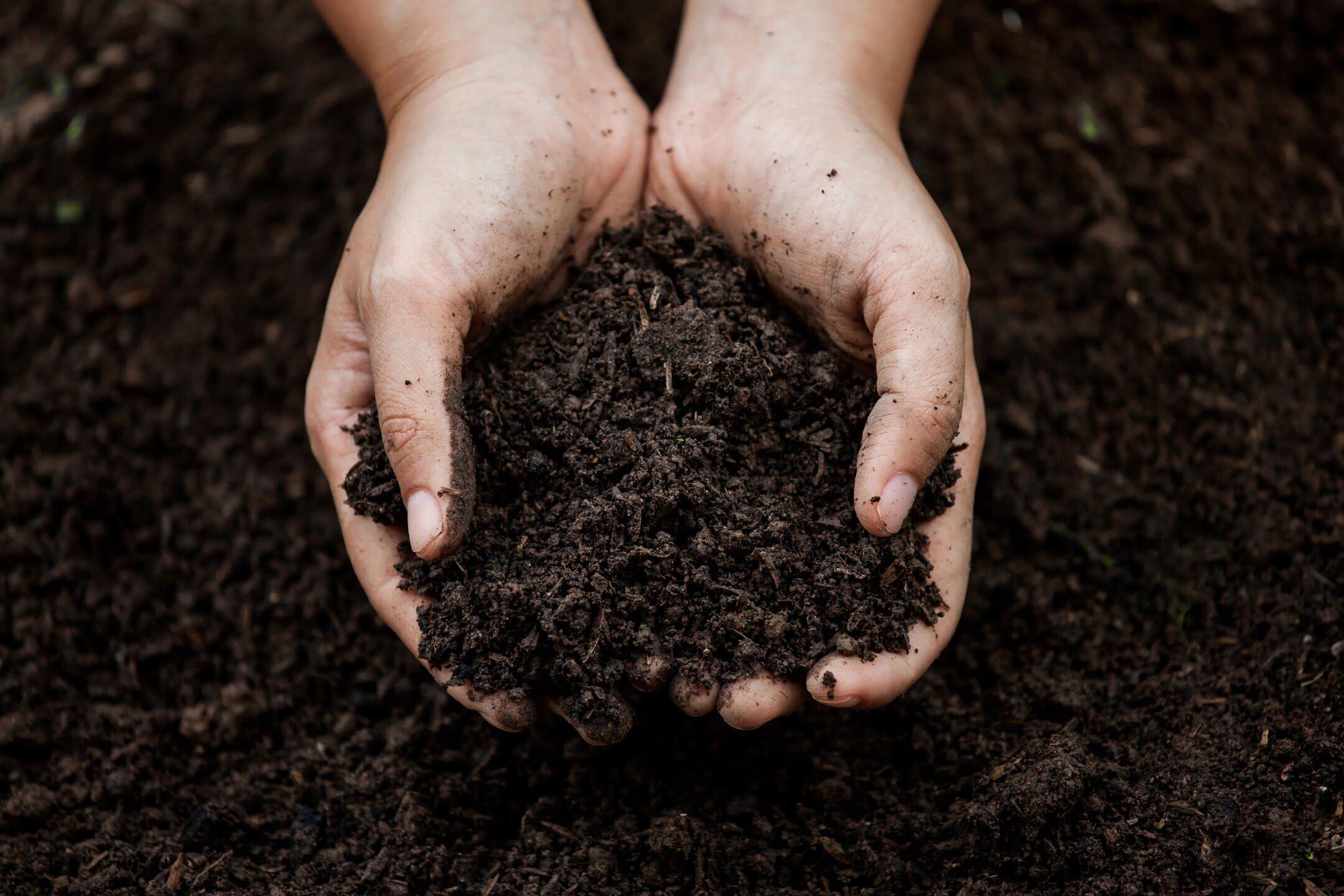
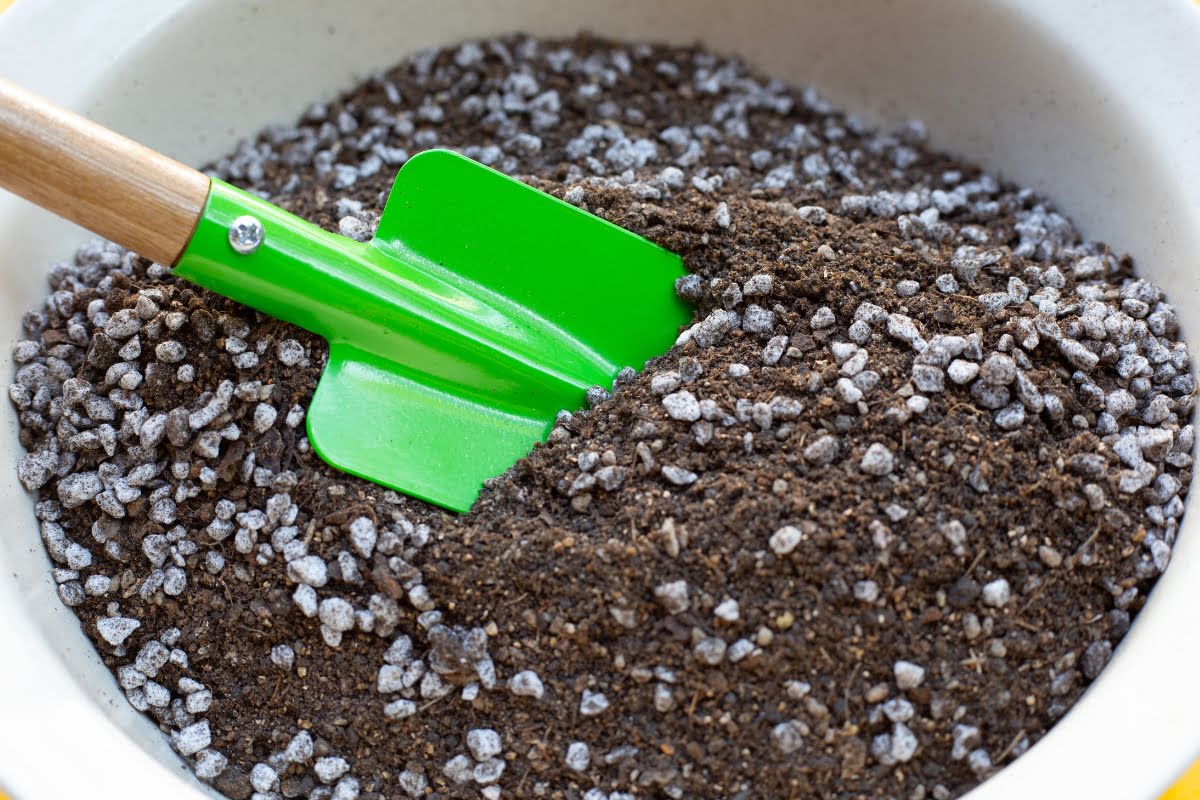
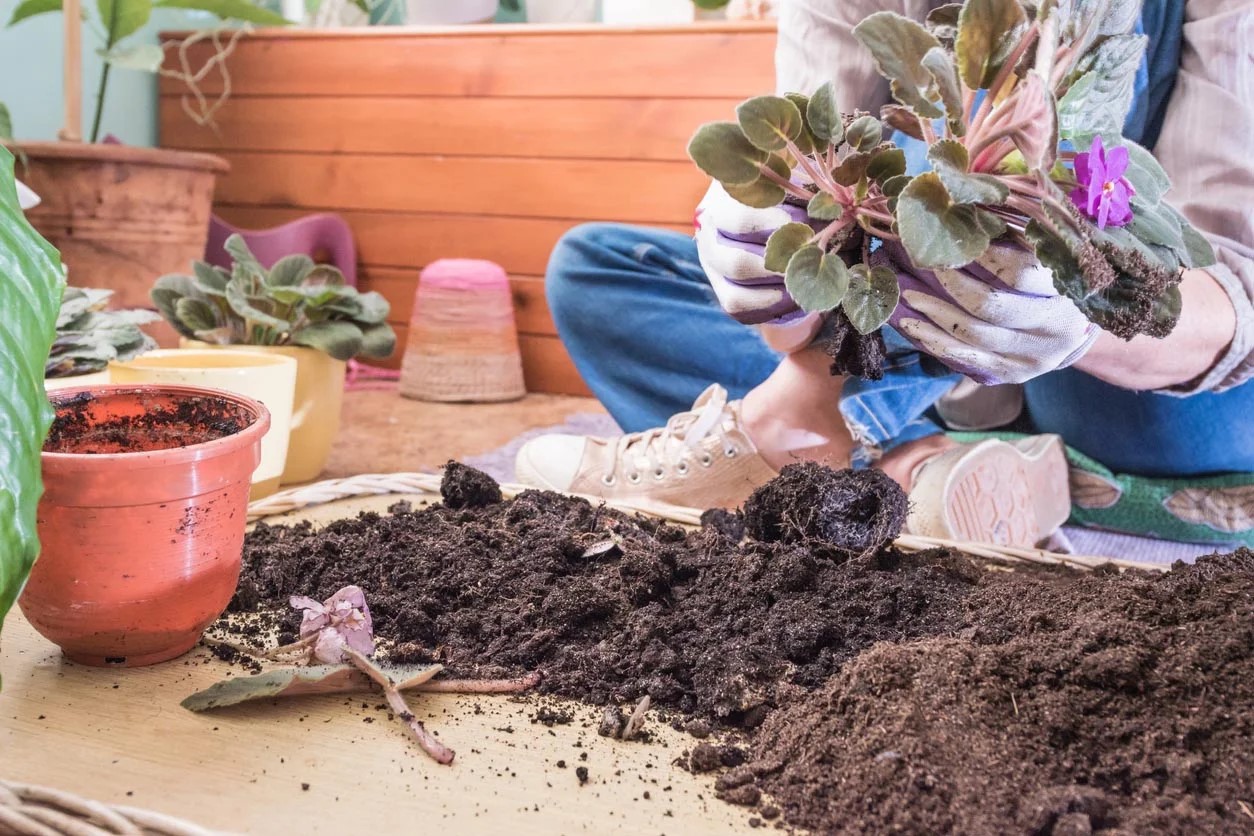


0 thoughts on “How To Make Good Soil For Garden”